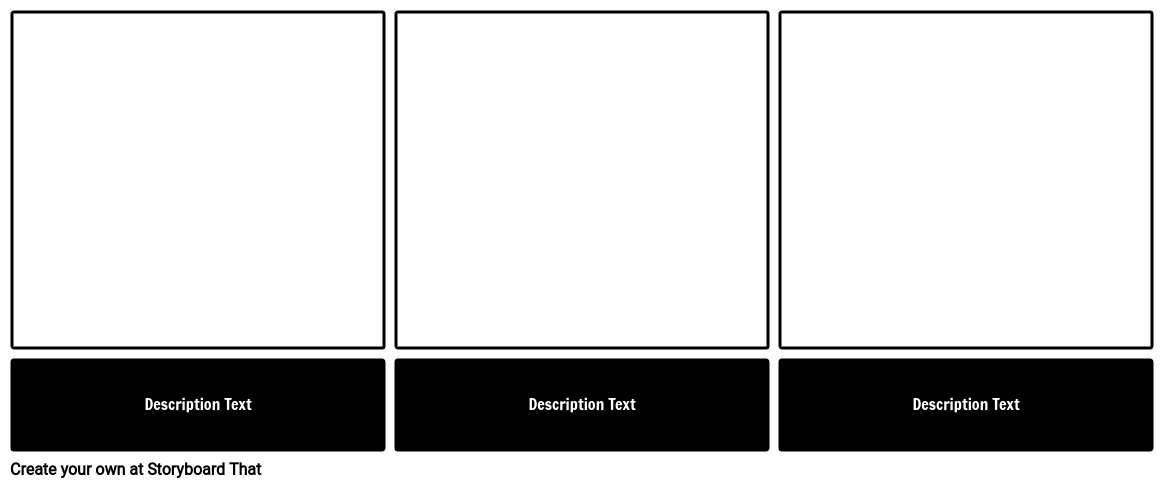https://www.storyboardthat.com/lesson-plans/electromagnetic-spectrum/narrative
Activity Overview
In this activity, students will look at how some of these different EM waves were discovered. They will create a narrative storyboard of how the discovery was made. This activity will get your students hooked on learning about some of the great stories about scientific discovery. Allowing them to select which part of the EM spectrum they want to research will allow them to take ownership over their work.
Suggested Key EM Spectrum Discoveries
- William Herschel and infrared
- Johann Ritter and UV
- Wilhelm Röntgen and X-rays
- Paul Villard and gamma rays
- Isaac Newton’s experiments with the nature of colored light
Template and Class Instructions
(These instructions are completely customizable. After clicking "Copy Activity", update the instructions on the Edit Tab of the assignment.)
Student Instructions
Retell the story of how one part of the EM spectrum was discovered using a narrative storyboard.
- Click "Start Assignment".
- Research the story of how your chosen wave was discovered and who discovered it.
- Retell the story using a narrative storyboard.
- Add a description to the cells to explain the illustrations.
Lesson Plan Reference
Rubric
(You can also create your own on Quick Rubric.)
Historical Narrative
Create a narrative storyboard telling the story of an important scientific discovery
| Proficient | Emerging | Beginning | |
|---|---|---|---|
| Vizualisations | All the visualizations are easy to understand and help in telling the story. | Some of the visualizations are easy to understand. | Not many of the visualizations are easy to understand. |
| Writing | The written work tells the story accurately. It is clear and easy to understand. | The written work tells the story, however, some parts and muddled and not easy to understand. | The written work doesn't tell the story accurately. It is not clear and easy to understand. |
| Creativity | The work is highly creative. It could be used as an exemplary model. | Creativity is evident. | Creativity is not evident. |
| Conventions | There are only minor errors in grammar, punctuation, spelling, or usage, if any. | There are few errors in grammar, punctuation, spelling, or usage. | There are many errors in grammar, punctuation, spelling, or usage. |
| Evidence of Effort | Work is well written and carefully thought out. | Work shows some evidence of effort. | Work shows little evidence of any effort. |
More Storyboard That Activities
Electromagnetic Spectrum
*(This Will Start a 2-Week Free Trial - No Credit Card Needed)
https://www.storyboardthat.com/lesson-plans/electromagnetic-spectrum/narrative
© 2024 - Clever Prototypes, LLC - All rights reserved.
StoryboardThat is a trademark of Clever Prototypes, LLC, and Registered in U.S. Patent and Trademark Office
© 2024 - Clever Prototypes, LLC - All rights reserved.
StoryboardThat is a trademark of Clever Prototypes, LLC, and Registered in U.S. Patent and Trademark Office









